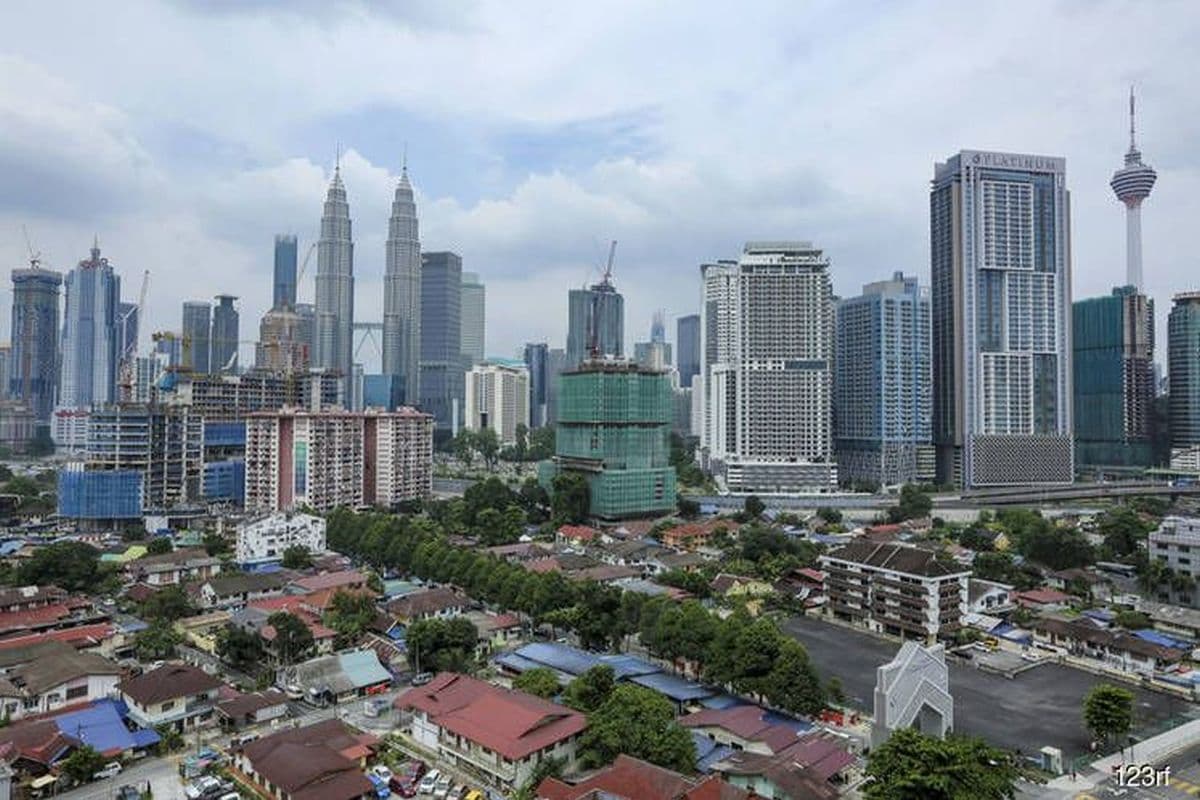
PETALING JAYA (Nov 11): In his presentation, ‘Unlocking underutilized land for the future’, in the City Expo Malaysia (CEM) 2021 Forum, Ho Chin Soon Research CEO Ishmael Ho proposed looking at military bases and Malay reserve land (MRL) to address the issue of lack of affordable housing in good locations in the country.
The month-long CEM 2021 event is organized by the Malaysian Institute of Planners and Nextdor Property Communications comprising a CEM Forum, which runs from Nov 8 to 12, and a virtual exhibition from Nov 8 to Dec 8.
Ho took the Sueing Besi military base as an example and case study. “Using just a small portion of the base can already churn out 120 acres. Of course, the difficulty is when national security comes into place and who the land shall go to, which are all very sensitive issues. It is a catch-22. And because of our political scene, nobody will make such a policy to develop military camps as there will be those who will oppose, that’s the sad reality. I believe there is great potential in military camps that we can look at.”
He added that as these camps have been placed there for many years, warfare technology and strategy have changed a lot since. “If you go to some of the highest floors of the tallest condominiums near these camps, you get a view of the base, so there is no secret. So, the rationale of placing them there many years ago would have probably changed. These are potential sites to look at, and of course when we talk about government land, a public tender can really unlock its potential.”
Ho’s other idea was to look at MRL. “When we look at how the city has been growing, we notice that MRL is another underutilised land that we can possibly unlock. It is not an easy question, and it needs political will to happen, but some of these case studies will show how the supposed MRL privilege is actually [restricting] its own potential.
“Kampung Baru, for instance, is an example of suppressed potential. It has its own unique status, of course, and the government has tried to develop it until today, but it is very hard because it has restricted interest,” he added.
In 2010, MRL in KL and Selangor made up about 3.3% and 15.91% of land in each place, respectively, based on Ho Chin Soon Research. Of the entire 13.3 million sq km of land in peninsular Malaysia, MRL accounts for 32% of the land area.
Ho presented three cases comprising MRL in Gombak, Semenyih and Puchong, which showed that the MRL areas remained unchanged compared to the rapid development of non-MRL areas adjacent to the examples given. “These are actual case studies and examples of how the land [policy] is restricting itself,” he adds.
During his session, Ho also said that Ho Chin Soon Research’s property mantra is location, timing and branding. “At the very core, a good location ties back to economic activity. Without it, at least there has to be good accessibility.”
Ho considers Tier 1 properties in the Klang Valley to be located within a 20km radius of the Bandar Kinrara Army Camp whereas Tier 2 properties would be within 30km.
On timing, Ho said that it is in relation to price. “An example we love is Mont’ Kiara. It was practically undeveloped 2.5 decades ago, but it has changed tremendously. During the time Datuk Alan Tong bought his parcels of land there, the price was averaging just slightly below RM2 psf. Today, it is around RM400 to RM500 psf, which is 250 times of what it was then. This is an extreme example of impeccable timing.”
Ho has this to say about the importance of branding: “Branding can be a developer’s brand, a project’s brand or a location’s brand. Developers need to know their strategy. For example, names like Bangsar South, Kiara North and Ampang North are for people to have a sense of location and also an affiliation to a particular area, but we have to be very careful not to brand wrongly.”
Ho summed up with a few takeaways from his presentation. “Pumping out affordable units means nothing if they are at the wrong location. Don’t put the poor at poor locations because that will keep them poor. There’s actually a lot of land — this is very important because it is always a misconception, and it is not true that there is no more land in prime areas. For example, Gombak is considered a prime, urban and fast-developing area. At the moment, we are self-restricting our potential,” he concluded.